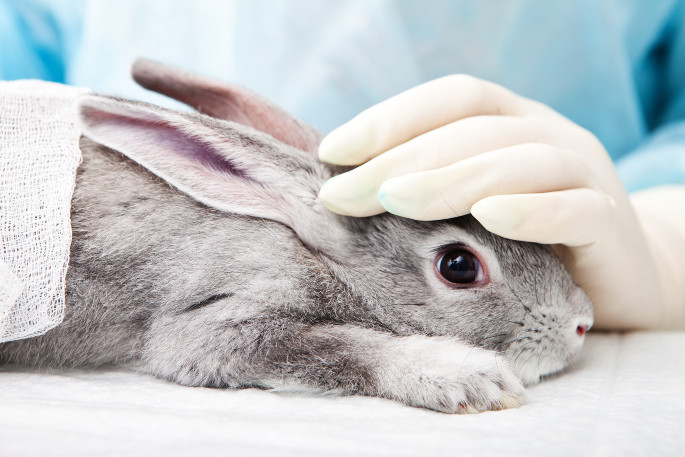The Ministry for Primary Industries has recently released a report detailing the animal usage statistics in New Zealand for 2020.
Scientific watchdog NZAVS claims the report showcases decades of stagnation.
In 2020, the rolling three-year average was 287,477 animals. In addition to this, nearly 150K more animals were killed who were bred for research, testing or teaching purposes but were not used. This is over 12K more animals than the previous year.
Due to long-term projects that use animals over multiple years, the rolling three-year average is a more accurate representation of animal use over time.

Above graph by the Ministry for Primary Industries.
For decades, New Zealand has consistently used around 300,000 animals in science every year.
The most severe experiments ranged from cloned sheep experiencing health problems to mistakes with mice resulting in severe distress. Many of the most extreme experiments were to satisfy regulatory requirements.
NZAVS is critical of these numbers, saying government and industry need to do more to help animals used in science.
'For over twenty years, New Zealand has been failing its ethical obligations. The principle of replacing animals used in science with better technologies is enshrined in New Zealand law. Yet despite that, we use a similar number of animals every year,” says NZAVS executive director Tara Jackson.
'New technologies superior to animals are emerging constantly, and yet adopting of these technologies has been slow in New Zealand. Our scientists need more support to be transitioning their work to methods that are more effective and don't involve animals suffering – it is a win-win!
'Particularly disturbing are those animals who suffered in the high impact and very high impact categories. These experiments are absolutely horrific and involve unimaginable suffering. Most of these were actually done to satisfy outdated laws – another area the government needs to address.”
In 2020, NZAVS launched a Striking at the Source campaign with the goal of getting the government and industry to embrace changing technologies and adopt more methods that do not use animals. They have submitted a petition to Parliament and will be presenting on it later this year.
'What has been really gratifying about this campaign is that it provides a way forward that works for everyone. Many scientists want to see change; they want to see better technologies being used and stop using animals. But they need the support.”
The Striking at the Source campaign calls on the government to provide increased funding, training, resources, and legal changes to facilitate a transition to an animal-free future for science.
See this page for more information: https://www.mpi.govt.nz/dmsdocument/51508-Statistics-on-the-Use-of-Animals-in-Research-Testing-and-Teaching-in-New-Zealand-in-2020



0 comments
Leave a Comment
You must be logged in to make a comment.